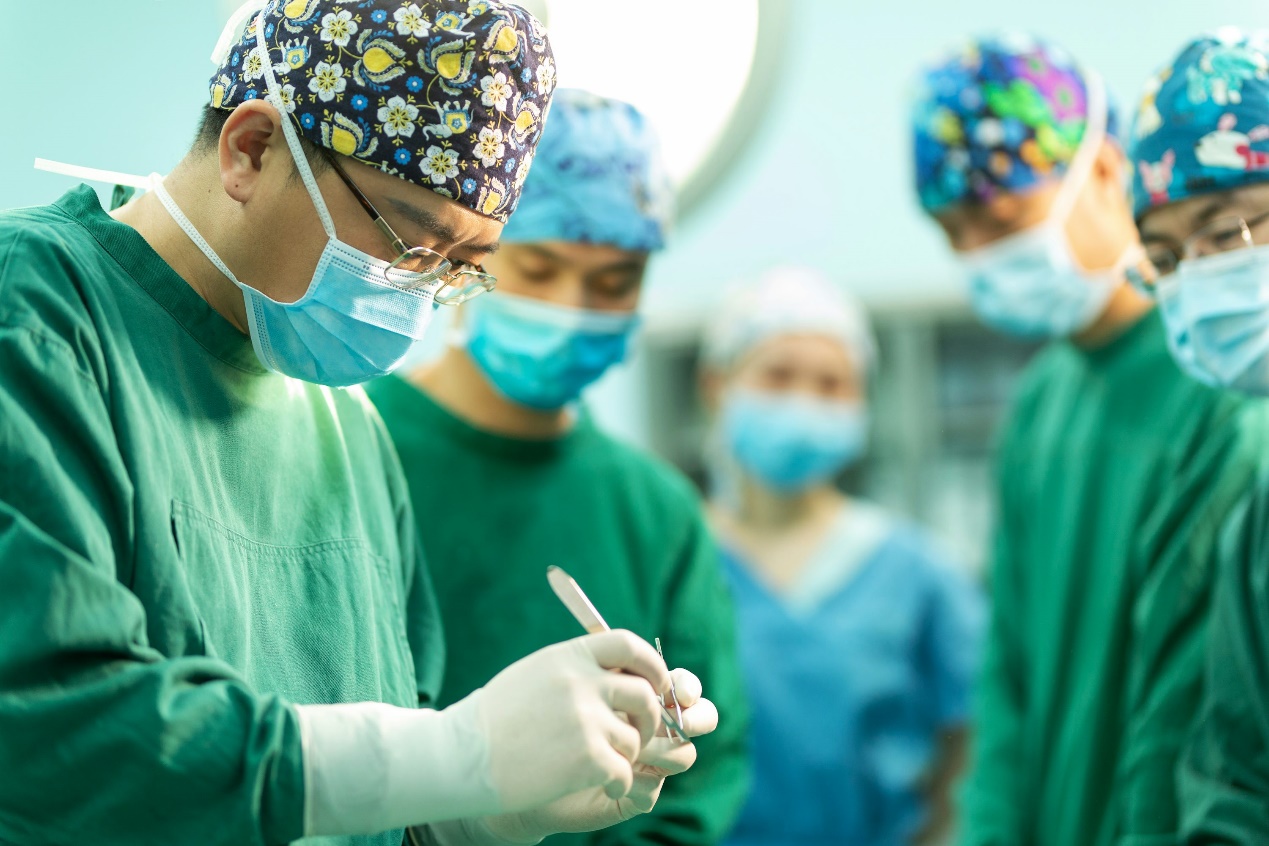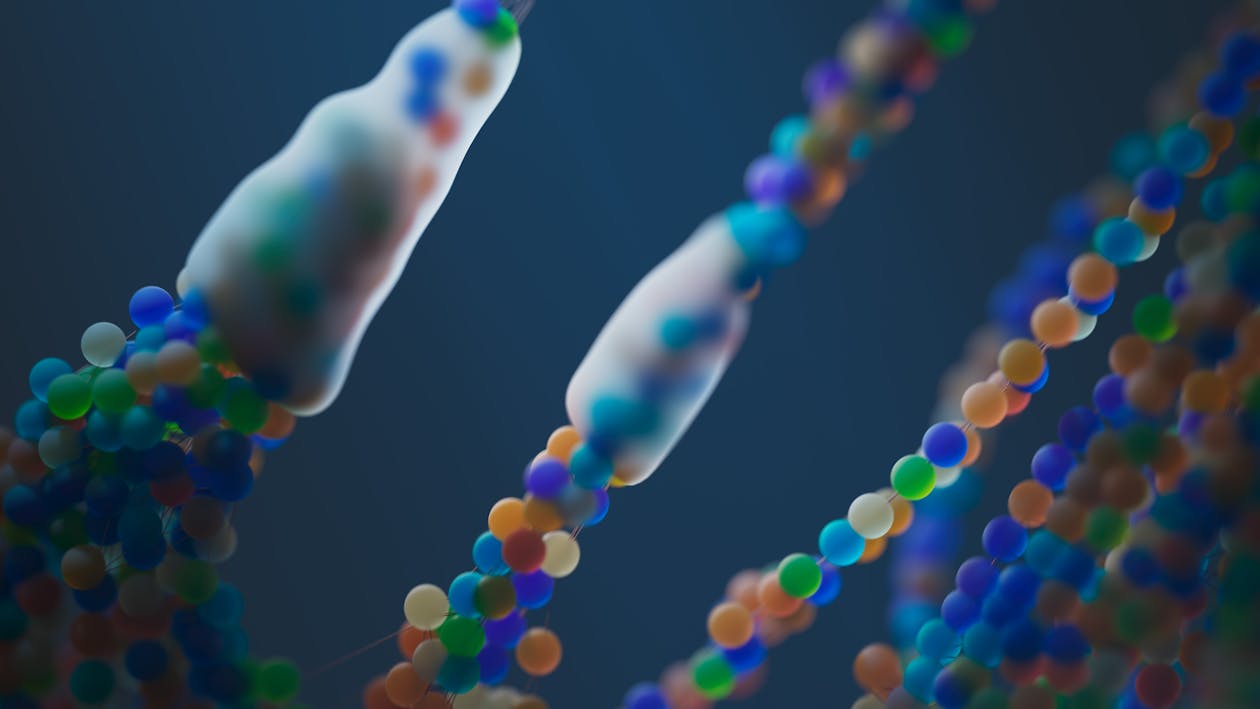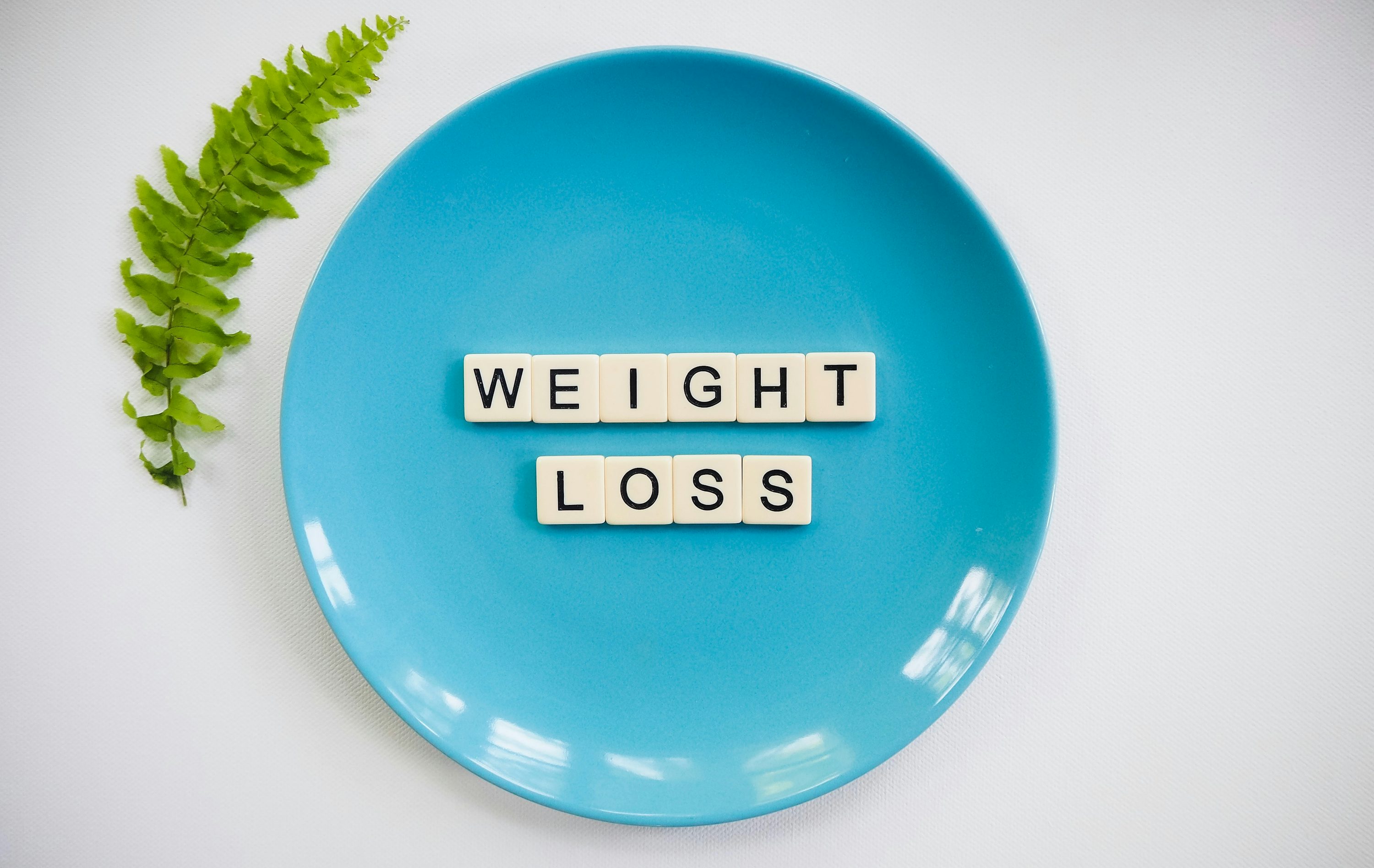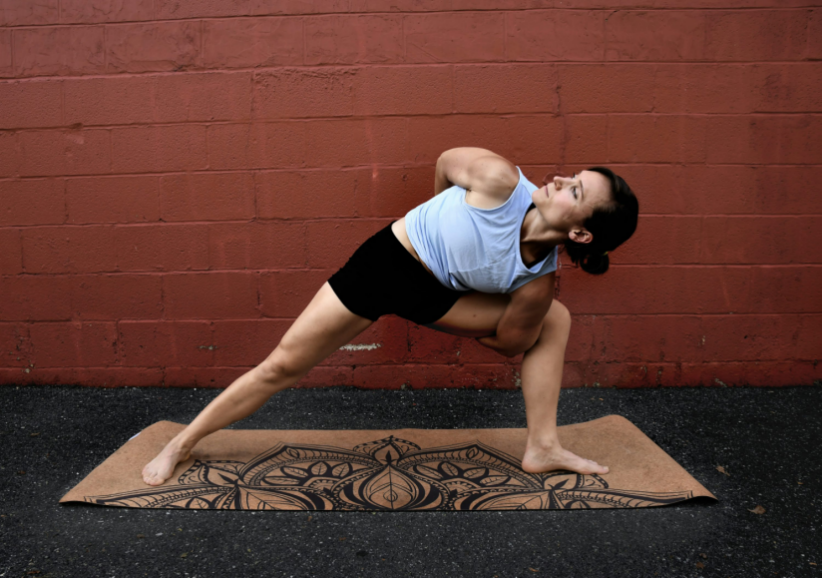Imagine searching for a single snowflake in a snowstorm – that's often what it's like for doctors trying to spot early-stage breast cancer in women with very dense breasts using traditional mammograms. Roughly one in ten women possess dense breast tissue. This isn't a health problem in itself, but it presents a significant challenge for detection. On a mammogram, breast tissue appears white, just like tiny, early-stage cancers. It’s like trying to find a white pearl against a white velvet background – incredibly difficult.

This challenge has spurred researchers to look for smarter ways to unmask these hidden threats. A groundbreaking Cambridge University-led study, involving over 9,000 women with very dense breasts who had previously received clear mammograms, has shed light on a promising solution. The study investigated alternative scanning methods beyond the standard breast x-ray.
The findings, published in The Lancet, are compelling. Two methods, an enhanced mammogram and a fast MRI scan, proved far superior at detecting cancers in this hard-to-screen group. Using injections, these techniques make blood vessels clearly visible—a significant point, since tumors are often highly vascularized. The results were dramatic: these enhanced scans detected 17 to 19 cancers per 1,000 women screened. Compare this to the eight cancers detected by traditional mammograms for the same number of women. This suggests that for women with highly dense breasts, these new methods have the potential to triple the detection rate.
Think of traditional mammography as a wide-angle photo – it gives a general overview, but small, subtle details can easily be missed, especially when the background is cluttered (like dense tissue). The enhanced mammogram and fast MRI, by contrast, are like using a magnifying glass with a special filter that highlights only what's different – the burgeoning blood vessels feeding a potential tumour.

For individuals, the impact of finding cancer early is profound. Louise Duffield, a 60-year-old trial participant, shared her experience. An additional scan discovered an early-stage tumour deep in her breast that could have gone unnoticed for years if she hadn't been on the trial. Receiving the diagnosis was a "big shock," but having the tumour removed quickly brought "a huge relief". Louise's story underscores the critical importance of improved detection methods; for her, it meant catching cancer at a treatable stage. This isn't just about statistics; it's about real lives and the chance for better outcomes.
Currently, the UK's NHS invites women aged 50 to 71 for breast screening every three years. While participation is good, covering about two-thirds of invited women, the current method's limitations in dense breasts are clear. Researchers estimate that incorporating these alternative techniques for women with very dense breasts within the existing screening framework could identify an extra 3,500 cancers annually and potentially save 700 lives each year.
Professor Fiona Gilbert, who led the research, is convinced this new approach is necessary. She argues that the national screening programme needs updating to ensure more cancers are diagnosed early, significantly improving survival chances for many women. This perspective highlights a crucial point: medical knowledge and technology are constantly evolving, and public health programs must strive to keep pace to offer the best possible care. It also reminds us that systematic health initiatives, while broad, sometimes need refinement to address specific challenges within the population.
The Department of Health and Social Care acknowledges the need to improve detection for women with very dense breasts and is reviewing the study findings. They are determined to "fight cancer on all fronts" and are working on a new national cancer plan. This governmental response signals recognition of the issue and a commitment to exploring solutions.

What insights can we draw from this? Firstly, it highlights that not all breasts are the same, and breast density is a significant factor in screening effectiveness. Understanding your own body and potential risk factors, like density (which is typically assessed during a mammogram), is a step towards proactive health management. While routine screening ages are set based on population-level data, being informed about research advancements empowers you to have more detailed conversations with healthcare providers about your personal circumstances. Secondly, it showcases the power of research and innovation in overcoming existing healthcare challenges. Finally, the potential to save thousands of lives annually reminds us of the immense value in continually improving public health programs and supporting medical research. Staying informed about such developments allows us to appreciate the progress being made and consider how these advancements might impact our own health journey or that of loved ones.





